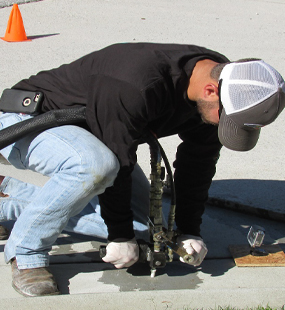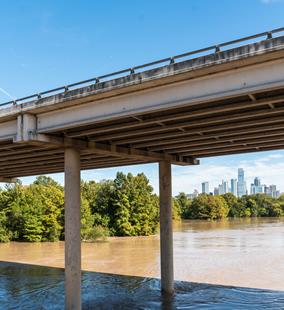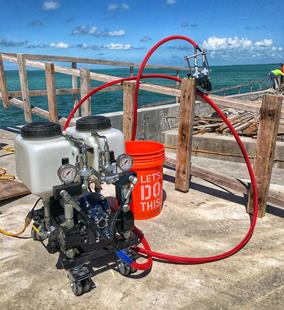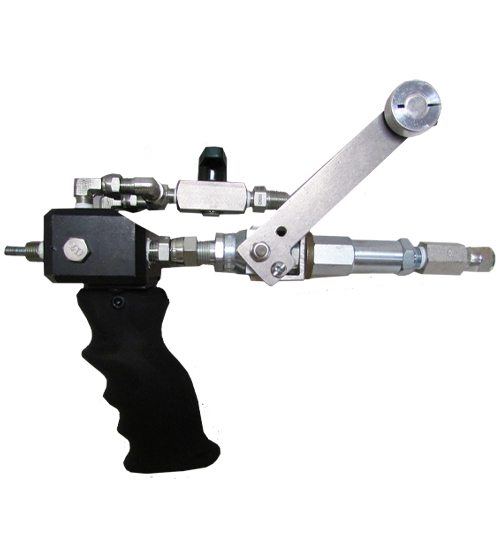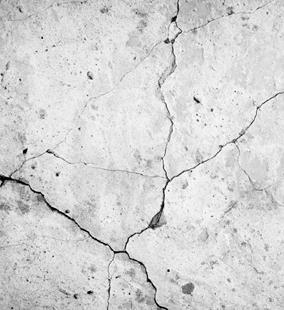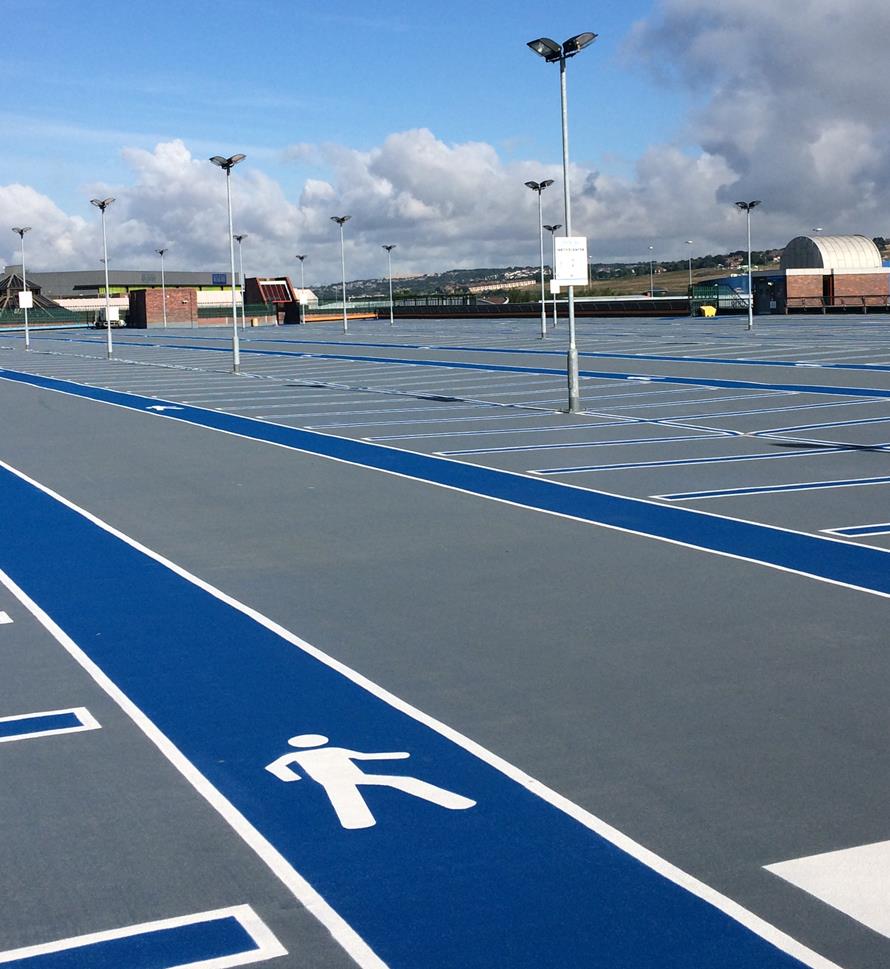
- Home
-
Solutions
-
Leak Seal
Seal leaks in concrete or masonry with crack injection and curtain grouting of our Prime Flex polyurethanes and AR acrylate resins. Prime Resins offers superior solutions for stopping leaks in every type of environment.
Read More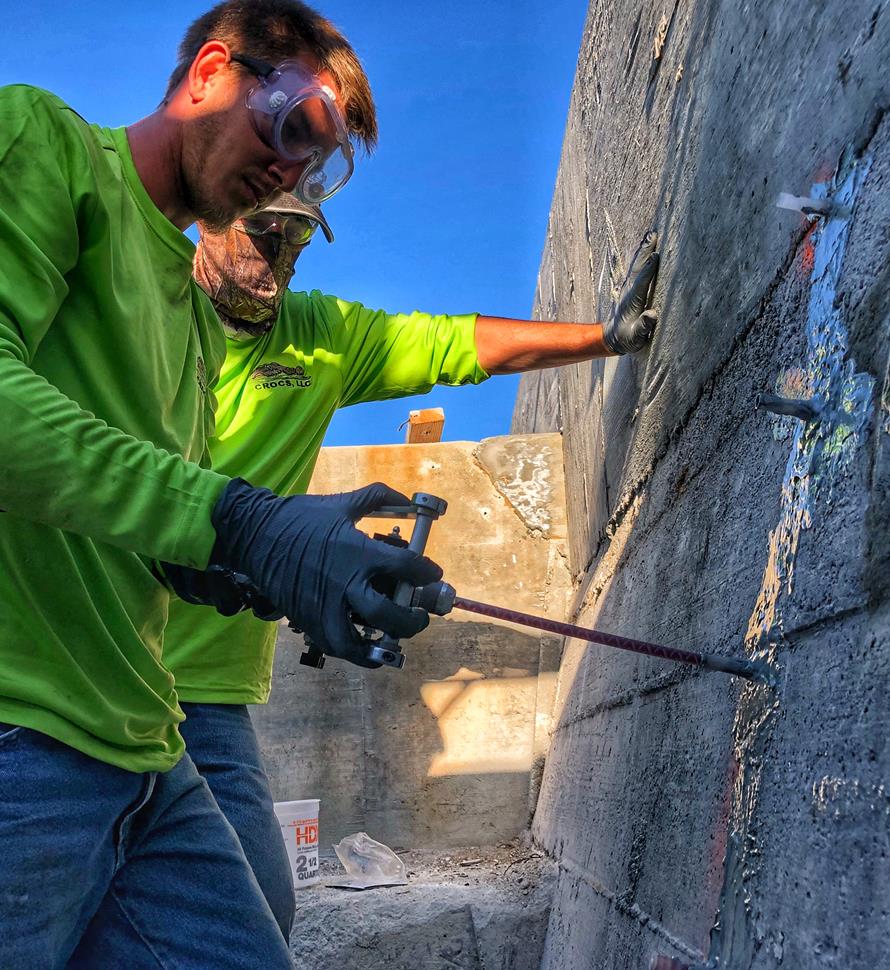
-
Soil Stabilization
Sound concrete relies on a sound substrate. Stabilize soils and fill voids with our polyurethane and acrylate foams and gels. We make chemical grouts for permeation and compaction grouting in wet and dry conditions.
Read More
-
Slab Lifting & Stabilization
Slab lifting and slab stabilization with polyurethane foams offers many advantages over traditional mudjacking. Only Precision Lift is engineered to tackle underlying issues and slab lifting with precise, dependable results.
Read More
-
Floor Repair & Joint Protection
Spalled concrete is concrete that is chipped, cracked and deteriorating. This often happens at a joint.
Read More
-
Seawall Repair
You can repair a seawall or bulkhead with Prime Resins chemical grouts: fill voids, stabilize loose soil and seal leaks at a fraction of the cost of wall replacement.
Read More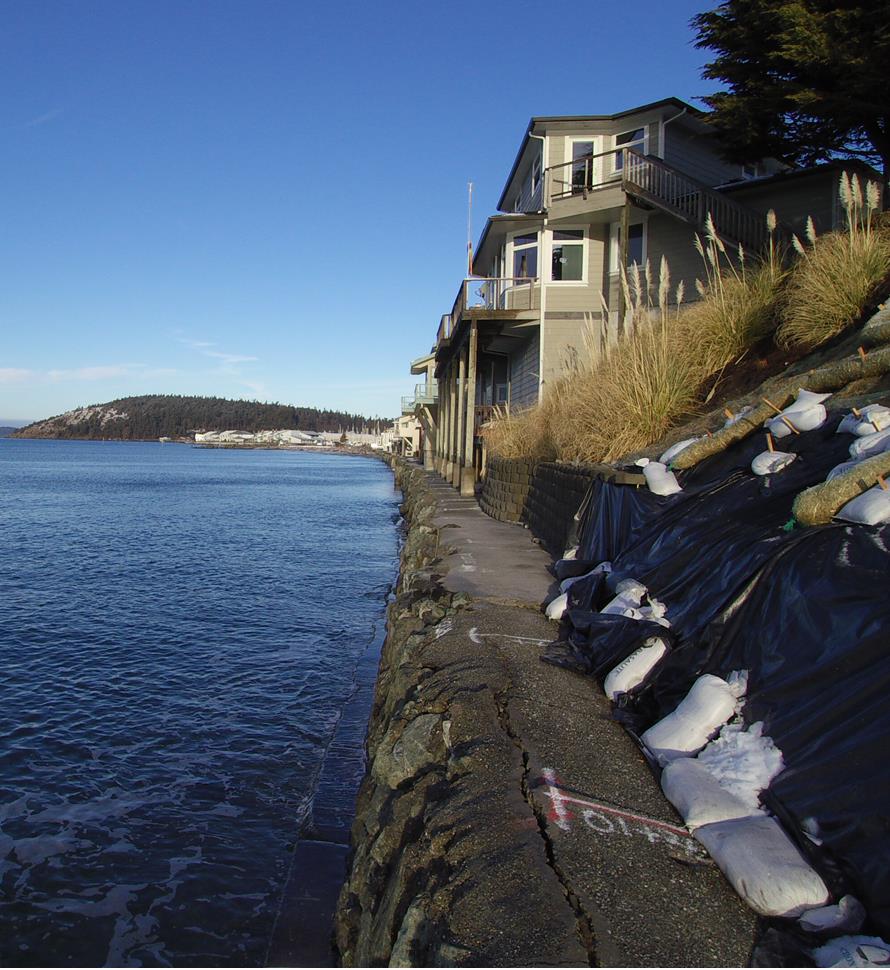
-
Structural Repair / Bonding & Anchoring
The need for crack repair in concrete structures can be caused by many different factors. Damage can occur to the concrete in situations where direct impact puts stress on one area of the structure.
Read More
-
Highway & Bridge
The geotechnical needs of DOTs and other agencies responsible for roads and bridges are vast. Issues include: Culvert repair Soil stabilization Void filling Concrete slab lifting Sinkhole remediation Slope control Slough control in tunneling
Read More
-
Waterproofing & Secondary Containment
Protecting concrete usually means shielding it from the elements of nature or from harsh manmade chemicals. But it’s not just concrete that needs such protection. Corrugated metal pipe, steel surfaces, material hoppers, rail cars and masonry all can come in contact with corrosive or abrasive materials or harsh conditions.
Read More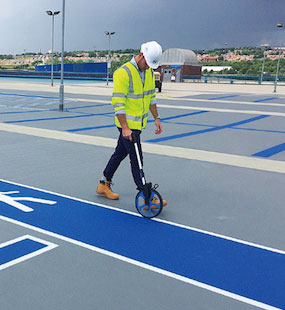
-
Leak Seal
-
Products
-
Leak Repair
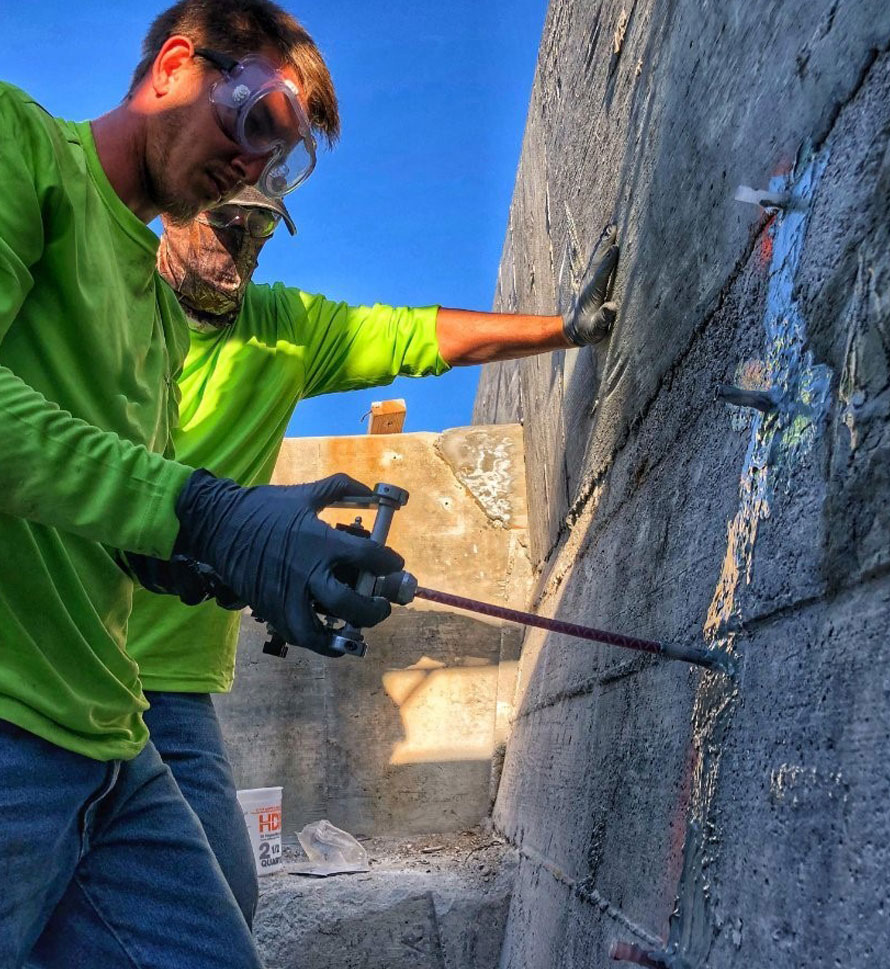
-
Soil Improvement
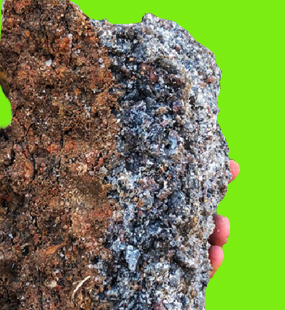
- Soil Stabilization
- Slab Lifting
- Structural Repair / Bonding & Anchoring
- Pumps
- Dispense Guns & Applicators
-
Turnkey Trailer Rig
Are you ready to hit the ground running doing concrete leveling with polyurethane foam? Prime Resins offers the industry’s best suite of products for lifting concrete as a turnkey, fully equipped trailer rig.
Read More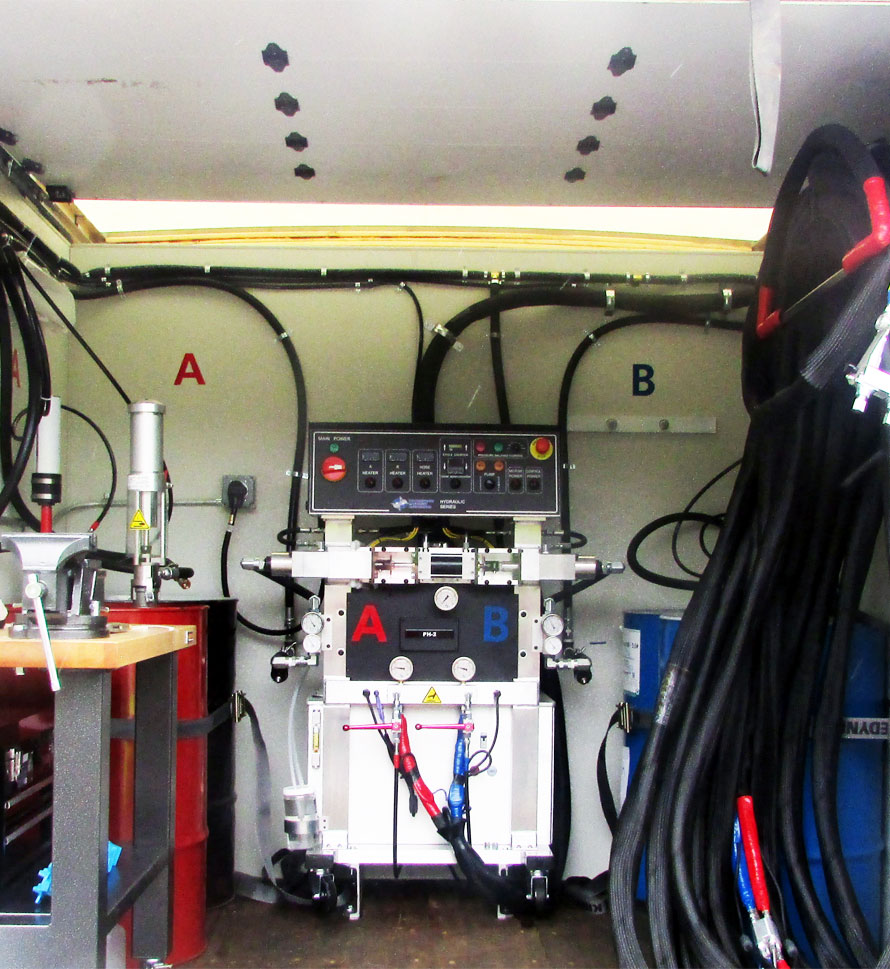
-
Accessories (General)
- 3/4" expendable drive point
- 3/8" and 3/4" soil probes
- Cartridge / Port Connectors and Mixers
- Conduit Seal Kit
- DM500 Divorced Mix Manifold
- Eco Flush
- F Valve
- Flush Wand
- Grout Needle Kit
- High Pressure Control Valve
- High Pressure Mechanical Ports
- Kick Fast
- Low Pressure Plastic Ports
- PR11 TEA (used w/ PR10 ACLM)
- PR12 APSF catalyst (used w/ PR10 ACLM)
- PR17 LYTX
- Prime Kat
- Prime Plug
- Prime Solvent CGC
- Oakum
- Soil pipe jack
- Stainless Steel Grout Needle & Kit
- StainShield
- Wall Stinger Nozzle
-
Soil Grouting Accessories
- Pipe Coupler
- Pipe Coupler Ferrule
- Buttonhead Coupler - Straight
- Buttonhead Fittings
- SG 3/4" Expendable Drive Tip
- SG 3/4 Rod - 39" Base
- SG 3/4 Rod - 39" Connector
- SG 3/4 Rod - 19.5" Base
- SG 3/4 Rod - 19.5" Connector
- SG 3/4 Fitting - Pipe to Buttonhead
- SG 3/4 Fitting - Buttonhead Fitting
- IL 1/2" Drive Point
- IL 1/2" rod - 39" base
- IL 1/2" rod - 39" connector
- IL 1/2" Fitting Buttonhead
- SG 3/4" Fitting - Buttonhead Coupler
- SG 3/4" Slotted Drive Tip
- SG 3/4 Drive Head
- Modified Pipe Jack Soil Grouting
- SG 3/4 Fitting - Buttonhead Coupler
- Pagani DPM30 Penetrometer
- IL 1/2" Fitting - Buttonhead to Connector Rod
- IL 1/2" Rod to Rod Coupler Fitting
- High Pressure Flow Control Valve
- Buttonhead Coupler - 90°
- Buttonhead Clamp Kit
- Floor & Joint Repair
- Waterproofing & Secondary Containment
-
Leak Repair
- News
- Downloads
-
Tools
-
Case Studies
Prime Resins takes pride in its ability to find the right solutions to the problems facing our customers. Here are some examples of customers’ successful jobs:
Read More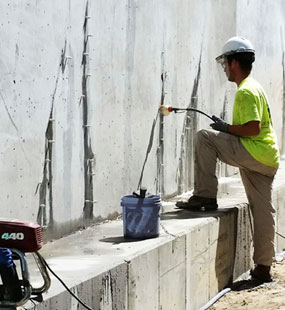
-
Prime Practices
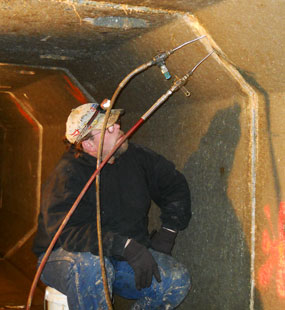
-
Videos

-
Estimating Tools & Info.

-
Why us?
The superior quality of products at a fair price, our consultative approach, and our unparalleled technical support set Prime Resins apart. Learn more about the Prime difference.
Read More
-
Product Types & Typical Uses
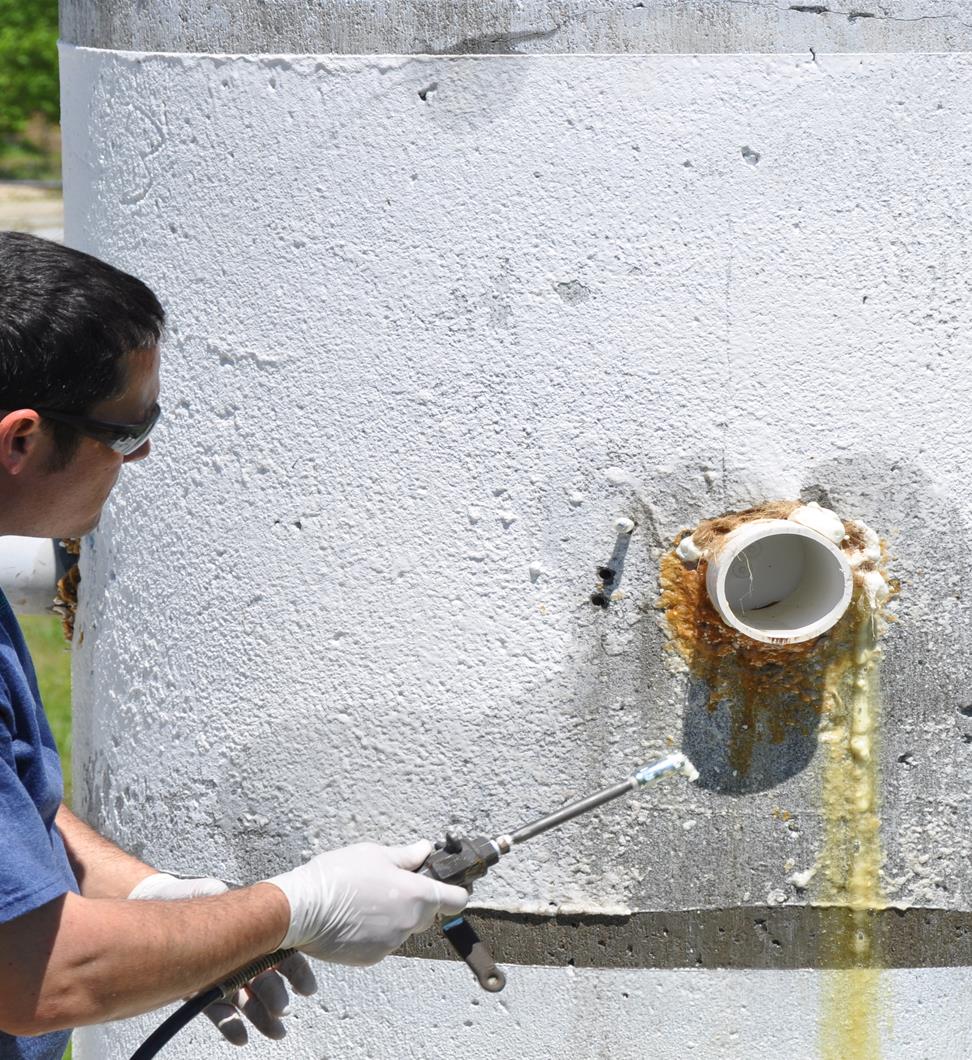
-
Looking for a contractor?
-
Certifications
-
Case Studies
- Contact
Case Studies- Seawall Repair Pages
Seawall erosion repaired with polyurethane grout injection
General Contractor: Perfection Roofing & Construction
Engineer: Bill Mathers
Client: Porto Venezia Condominiums, Ft. Lauderdale, Fla.
Problem:
Defects in seawalls allow water to travel through or under the wall. This water movement can cause erosion, resulting in soft, unstable soils or large voids. The structural integrity of the seawall depends on the fill soils behind and beneath the seawall. Erosion compromises the structural integrity of the wall, and can also endanger adjacent building foundations, thus threatening public safety.
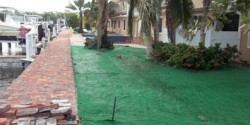
View of Settlement in the Courtyard (Notice “V” in Elevation)
Some repair methods require frequent refilling of the voids with new soil, which is costly long-term and requires constant monitoring.
Porto Venezia Condominiums sit on one of the many canal systems in Ft. Lauderdale, Fla. The condominiums’ narrow courtyard — only 25’ wide between the building and approximately 200 linear feet of seawall — experienced settlement and soil loss behind the wall. The erosion caused water to pond in the courtyard. The adjacent swimming pool, added later and built on auger cast piles, did not show signs of settlement. The pool did, however, complicate access and crowd the surrounding ground with shallow depth conduit.
In addition, the existing storm drain system in the courtyard was ineffective, particularly at high tide due to a high water table and infiltration through the seawall. Water was always in the drainage system; therefore, when it rained, the storm water had nowhere to go. Worse still, cracks in the building’s stucco facade revealed that the erosion affected the compaction of soils underneath the building’s foundation.
Solution:
General contractor Mike Wattner of Perfection Roofing & Construction and engineer Bill Mathers knew something had to be done. After viewing a video online of a seawall repair in Ormond Beach, they contacted an experienced subcontractor. The video showcased soil stabilization behind a seawall using Prime Resins’ Prime Flex 910, a single-component polyurethane resin that creates a rigid foam when activated.
Decision factors
Mathers recognized the advantages of employing chemical grouting at Porto Venezia:
- Technicians install resin using small, mobile injection equipment,
- Excavation is not normally required,
- It takes days rather than weeks or months, and
- There is little or no disruption for the residents
Due to the proximity of existing structures, limited access and tidal fluctuations, removal and replacement was not feasible. Replacement would cost a fortune, take a long time and disrupt life for the residents. In addition, this would put the adjacent foundations at greater risk. Finally, the seawall was in relatively good condition; it just needed some well-placed fortification to seal defects in the joints and under the foundation.
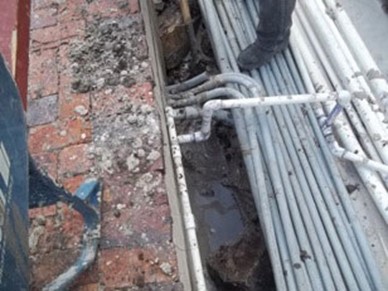
Very challenging excavation
Learn more about seawall and bulkhead repair with Prime Resins.
Diagnosis
Following assessment, it was clear that accumulated ground and storm water was travelling underneath the seawall and through its joints and minor defects. The water loosened and washed away soil. Because loose soils are more permeable, water enters and leaves more readily, which leads to larger voids and the potential for catastrophic failures of the seawall and adjacent foundations.
Leak in Elevator Pit Also Sealed
For this project, permeation grouting was needed, therefore, Prime Flex 910 was used. Permeation grouting densifies loose soils without displacing them. This reduces the chance that excess pressure could be directed at the seawall or adjacent structures causing damage or complete failure. The low viscosity resin is introduced into the soil slowly and allowed to soak in. Ground water activates the resin and it expands slowly, driving itself deeper into the soils where it cures into a homogenous mass. Any loose soils encapsulated by the grout are immobilized and water can no longer move through the soil. This expansive grout naturally follows the path of least resistance just like water. Any secondary defects in the seawall are sealed as the foam expands.
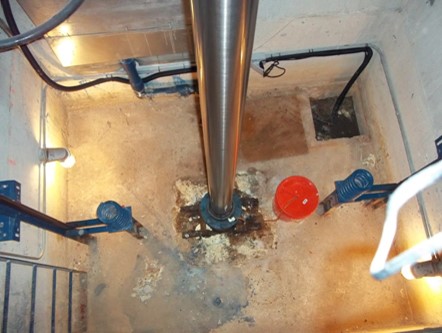
Leak in elevator pit also sealed
The plan
Working closely with a technical consultant at Prime Resins, they made a grouting plan for the project. Two rows of grout columns, offset from one another, would be needed along the length of the sea wall. Grout injections would extend 3 feet beneath and 2 feet above the foundation of the sea wall to interrupt the flow of soils from under the wall. (This was later extended to 4 feet below and 2 feet above.)
The reality
Perforated pipes sheathed with geotextile fabric were placed through the sea wall just above the barnacle line (the high tide mark) to allow storm water from the land side of the wall to vent into the canal. Techs installed one-way valves on the perforated pipes to prevent water from flowing from the canal to the land side.
Large pieces of concrete debris used to backfill the seawall made it impossible to properly place the soil probes. Shortly after the first injection attempts were made, some of the fill material was removed by hand in order to get the injection probes into place. Once this concrete debris was removed, injections continued to the desired depth. Clean fill material was replaced behind the wall and grouting continued to encapsulate this new fill material at higher elevations.
Result:
The result is a 5- to 6-foot thick impermeable mass of grouted fill material that extends 4 feet below the foundation of the wall. Consequently, the grout wall now supports the seawall and prevents water from eroding soils through its defects. The installation took longer than expected due to the excavation necessary to place the probes, but was still completed in less than ten days.

The crew worked around tidal flows
Benefit:
The seawall was stabilized and erosion stopped with a method that was faster, cheaper and less disruptive than conventional construction or replacement.




